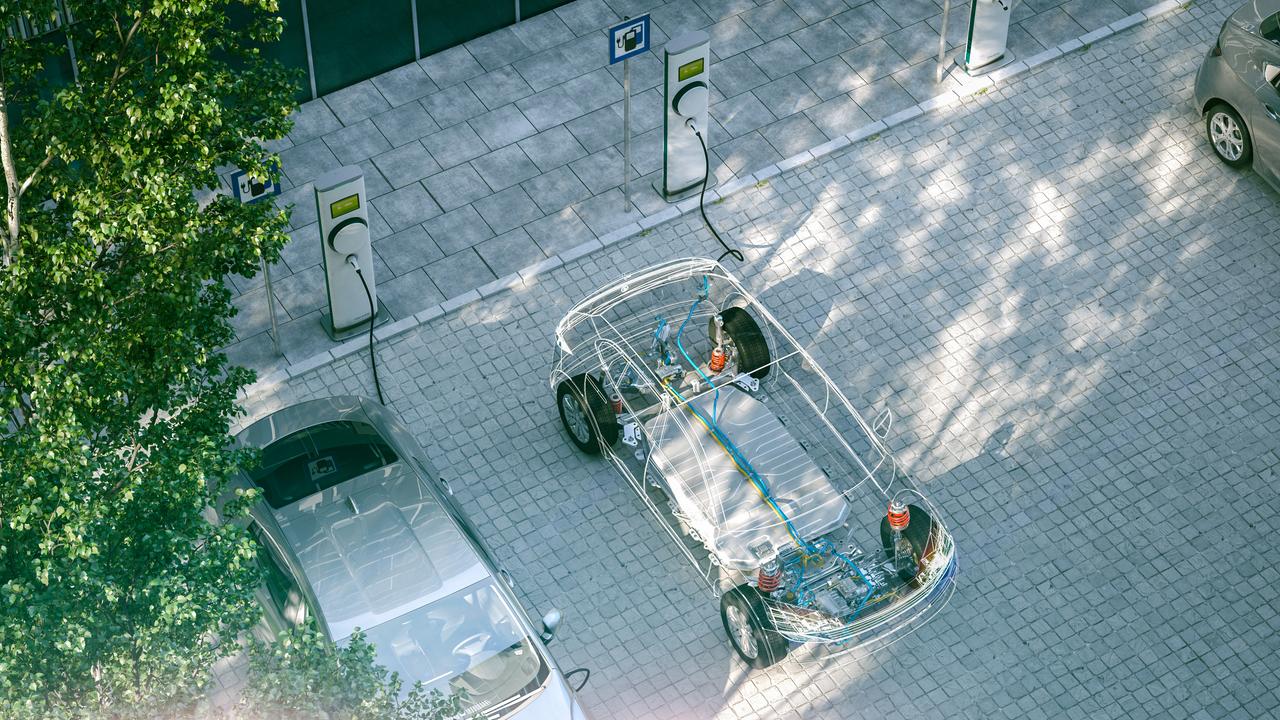

Battery electric vehicles (BEVs) are seen as the cornerstone of a more sustainable future of transport. Batteries are the key technology for powering these vehicles. However, the production of battery cells involves energy-intensive processes that result in significant CO2e emissions. As a result, BEVs have higher carbon footprint in production than internal combustion engine (ICE) vehicles. McKinsey’s projections and industry targets indicate that CO2e emissions from battery production can be significantly reduced.
This paper examines how aluminium components, such as the cell housing and the battery electrode foil, impact emissions today and what steps need to be taken to achieve meaningful carbon footprint reductions in future battery products.